International
Cuba tries to recover two days after the impact of Hurricane Rafael

Brigades of linemen (electrician technicians) fixing laying and fallen poles on the ground, people cleaning the streets and some private businesses operating with generators illustrate this Friday Cuba’s attempts to recover, after two days of the impact of Hurricane Rafael.
There are still roads cut, streets crossed by fallen trees, debris and garbage accumulating, traffic lights turned off and many people on the streets collecting part of the damage caused by the cyclone that hit the west of the country with winds of up to 186 kilometers per hour and rains of up to 195 millimeters (or liters per square meter).
Many areas in the west of the country – including the capital – continue without electricity since Wednesday, despite the fact that the National Electric System (SEN) managed to unify again on Friday morning after almost 48 hours of fracturing in subsystems after the second total blackout in three weeks.
Cuba is recovering electricity after the passage of Hurricane Rafael
The SEN synchronization means that the whole country is already interconnected in a single network, but not all Cubans have electricity because in many places the poles, cables and transformers affected by the cyclone have not yet been repaired.
In Havana, with at least 495 fallen electric poles, only 17% of its almost two million inhabitants currently have electricity, according to official data.
In addition, great effects persist in the provinces of Mayabeque, Artemisa and Pinar del Río. These last two provinces are totally disconnected from the SEN.
In the rest of the country, blackouts are also occurring, but due to the SEN’s inability to produce enough electricity to meet demand, a chronic and growing problem in Cuba due to the frequent breakdowns of old power plants and the fuel deficit, the result of the lack of foreign currency to import it.
Resumption of classes and public transport
Rafael is the second hurricane to make landfall in Cuba in 2024. The previous one was Oscar, who hit the northeastern end of the island for 24 hours between October 20 and 21, leaving eight dead, 12,000 damaged homes and 13,000 hectares of crops affected.
The authorities do not report missing or deceased for the moment due to Rafael, who have recognized “strong damage” in homes, infrastructure and crops of Artemisa, Mayabeque and Havana, although without providing specific figures for the moment.
They also reported that the 250,000 evacuated throughout the country by Rafael, most of them in Havana, are returning to their homes as conditions improve.
As part of the recovery, the Minister of Education, Naima Trujillo, assured that next Monday the school year will resume “in most institutions”, after its suspension prior to Rafael’s impact. In the west there are many schools with affected.
In Havana, the local transport company reported on the “gradual restoration” of service in the main arteries, but said that the maritime transport of passengers through the capital’s bay remains suspended.
Damage to housing and agriculture
Rafael made landfall in Cuba as a hurricane of great intensity on Wednesday afternoon and crossed the island from south to north for more than two hours.
In Artemisa, where Rafael made landfall on Wednesday afternoon as a category three hurricane, the houses affected total 2,825, according to the official newspaper Granma, which presented a meeting of the National Defense Council headed by Cuban President Miguel Díaz-Canel.
Artesa authorities detailed that there is damage to 15,000 hectares of banana, cassava, bean and rice crops; and 40 schools suffered damage. In Mayabeque they counted 441 homes with “significant damage” and reported damage to agriculture as in Artemisa. In Havana they reported more than 461 collapses between total and partial.
The most critical situation in the Cuban capital, in addition to the 461 total and partial collapses, is concentrated in the fallen trees, which have torn off electrical and telephone cables, reported the local governor, Yanet Hernández.
International
Mexican government prioritizes 191 communities after deadly floods
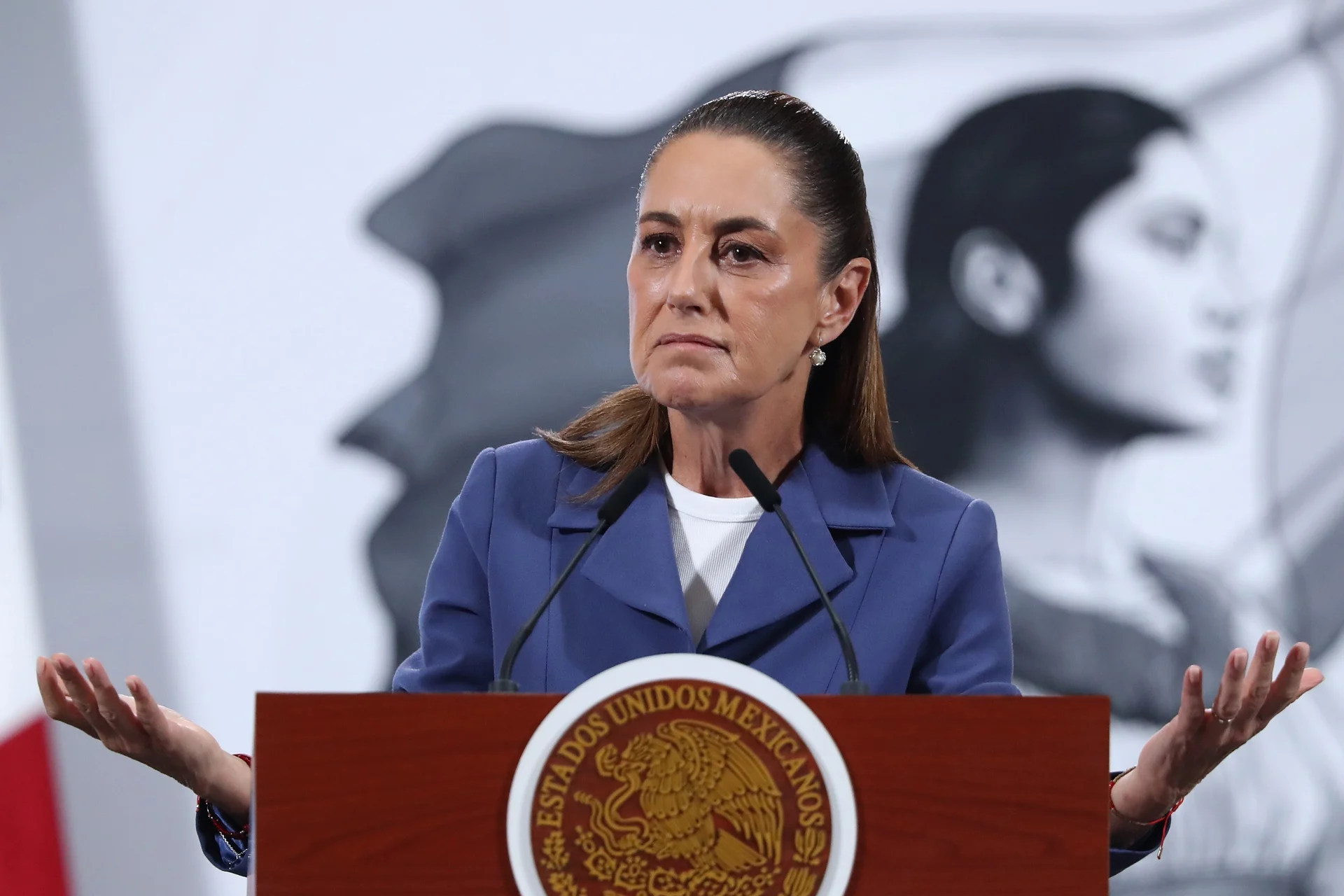
Mexican President Claudia Sheinbaum confirmed on Wednesday that the death toll from recent rains and floods across several central states has risen to 66, while the federal government has activated air bridges and prioritized assistance in 191 isolated communities.
“Unfortunately, 66 people have died, and 75 remain missing,” the president said during her morning press conference. She added that the official death toll will be updated later in a new report.
As of Tuesday, authorities had reported 64 fatalities. Sheinbaum also announced the creation of a public information center to centralize official data on the deceased, missing persons, damaged homes, and cut-off communities.
According to the president, the number of missing persons has decreased thanks to coordination with state authorities.
“Through calls to phone line 079, 103 people who had been reported missing have now been located,” she explained.
Priority Municipalities
The president noted that the federal government has classified 191 communities as ‘priority’, a designation based mainly on the percentage of homes affected.
International
New road and bridge explosions raise alarm amid indigenous protests in Ecuador
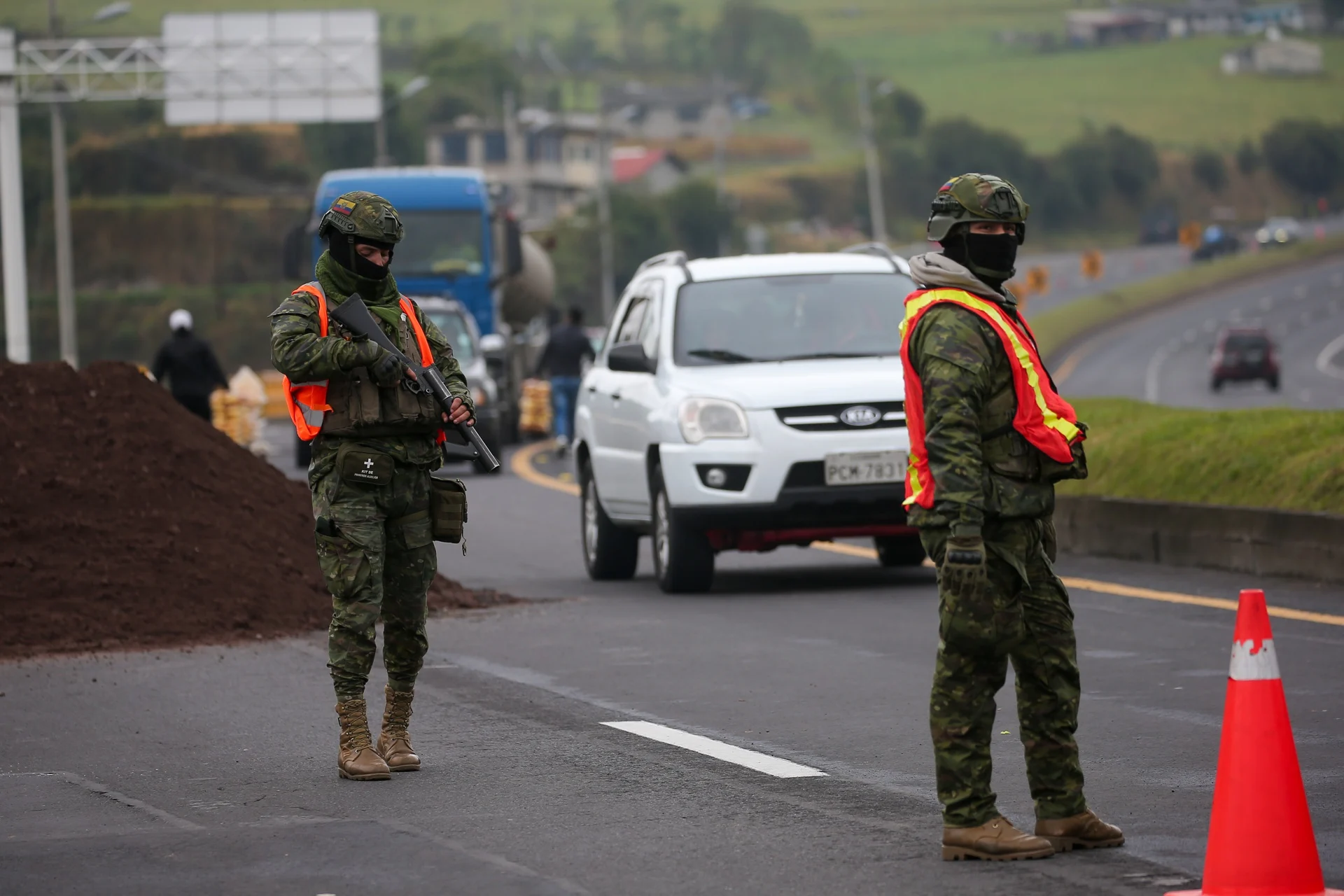
Ecuadorian authorities are investigating two explosions that occurred early Wednesday, one on a road in the southern part of the country and another under a bridge in Guayas province. These incidents follow the car bomb explosion in the coastal city of Guayaquil, also in Guayas, which occurred the day before and left one person dead and 30 injured.
Press reports indicate that one person was injured and several vehicles were damaged in the explosion on the Cuenca-Girón-Pasaje road in the south.
“Besides yesterday’s explosion in Guayaquil, we have received reports of explosives placed on bridges along the Guayaquil-Machala and Machala-Cuenca routes to disrupt traffic,” said Roberto Luque, Minister of Infrastructure and Transport (MIT).
On his X social media account, Luque reported that authorities have been deployed to the sites to assess the damage and determine the current condition of the structures.
“What they haven’t achieved with their call for a strike, some are trying to achieve through terrorism,” he stated, referring to the 24 days of protests organized by the Confederation of Indigenous Nationalities (Conaie) against rising diesel prices and other demands.
The protests, called at a national level, have Imbabura province as their epicenter. Roadblocks have also been reported in the northern part of Pichincha province, whose capital is Quito, while activities in the rest of the country continue normally.
International
Armed forces target illegal mines in Northern Ecuador with bombing raids
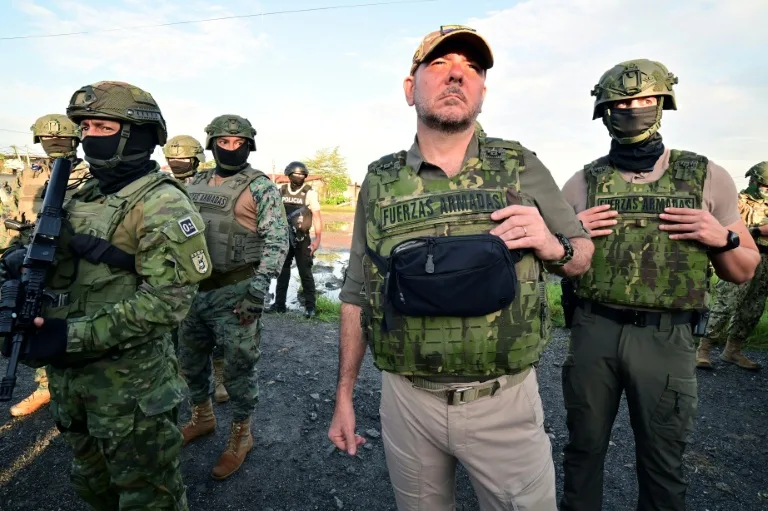
Ecuador’s Armed Forces carried out an operation on Monday — including airstrikes — against illegal mining in the town of Buenos Aires, in the country’s north, Defense Minister Gian Carlo Loffredo reported.
The mountainous, gold-rich area has been a hotspot for illegal mining since 2017, located in the Andean province of Imbabura.
In 2019, former president Lenín Moreno deployed around 2,400 soldiers to the region in an attempt to curb the illegal activity. “The operation began with mortar fire, followed by gunfire and bombing runs by Supertucano aircraft,” Loffredo said in a video released by the Defense Ministry.
He added that the operation would continue on Tuesday with patrols across the area to locate possible members of “irregular armed groups that may have crossed from the Colombian border.”
The Armed Forces stated on X that the intervention focused on the “complete elimination of multiple illegal mining tunnels” in the areas known as Mina Nueva and Mina Vieja.
The operation coincided with the deployment of a military and police convoy into Imbabura, which has been the epicenter of protests against President Daniel Noboa since September 22, following his decision to scrap the diesel subsidy.
-

 Central America2 days ago
Central America2 days agoGuatemala arrests first escaped gang member after Barrio 18 prison break
-
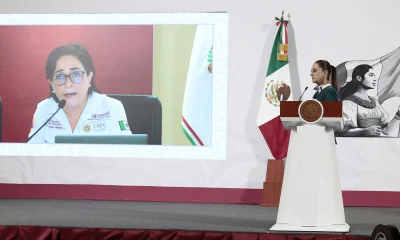
 International2 days ago
International2 days agoMexico reports 64 dead, 65 missing after devastating central region floods
-
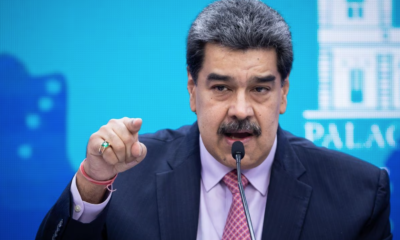
 International2 days ago
International2 days agoVenezuela calls for continued global pressure to secure ‘just peace’ for Palestine
-

 International2 days ago
International2 days agoPope Leo XIV to skip COP30 in Brazil but plans future visit, Lula confirms
-
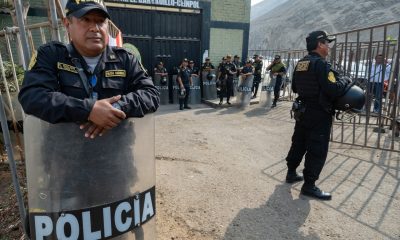
 International4 days ago
International4 days agoPeruvian president Jerí leads prison raids to tackle organized crime
-
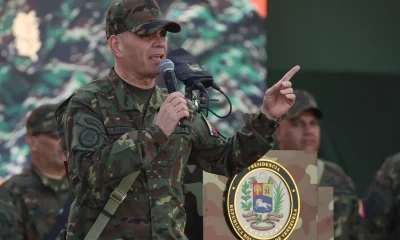
 International4 days ago
International4 days agoVenezuela launches ‘Independence 200’ defense plan amid U.S. naval presence
-
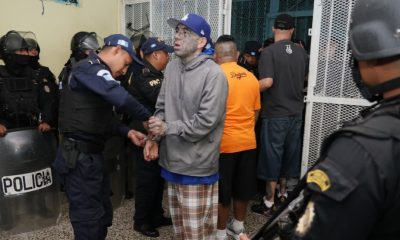
 Central America3 days ago
Central America3 days agoFraijanes II prison in Guatemala reports gradual escape of 18th Street gang inmates
-
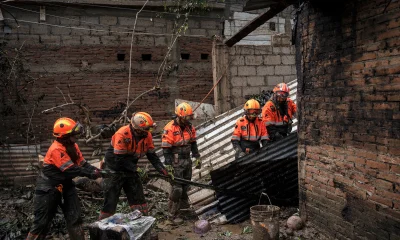
 International1 day ago
International1 day agoSheinbaum: Urgent to restore access to towns cut off by heavy rains
-
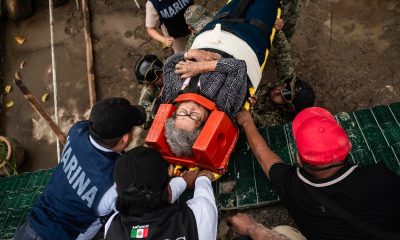
 International3 days ago
International3 days agoHeavy rains leave dozens dead in Hidalgo, Puebla, and Veracruz
-
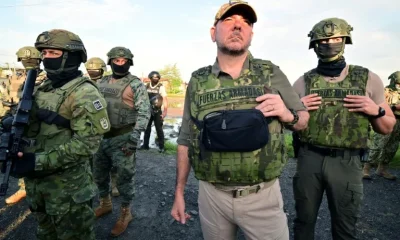
 International1 day ago
International1 day agoArmed forces target illegal mines in Northern Ecuador with bombing raids
-

 International1 day ago
International1 day agoVenezuelan media faces fresh restrictions after reporting on opposition leader’s Nobel win
-

 International1 day ago
International1 day agoCaracas shuts embassy in Oslo without explanation following Machado’s Nobel win
-
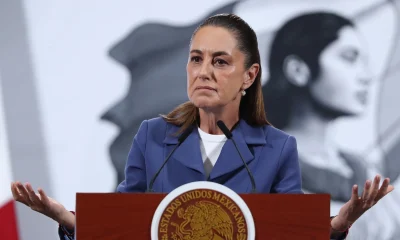
 International3 hours ago
International3 hours agoMexican government prioritizes 191 communities after deadly floods
-
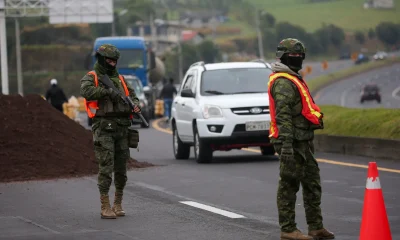
 International3 hours ago
International3 hours agoNew road and bridge explosions raise alarm amid indigenous protests in Ecuador


























